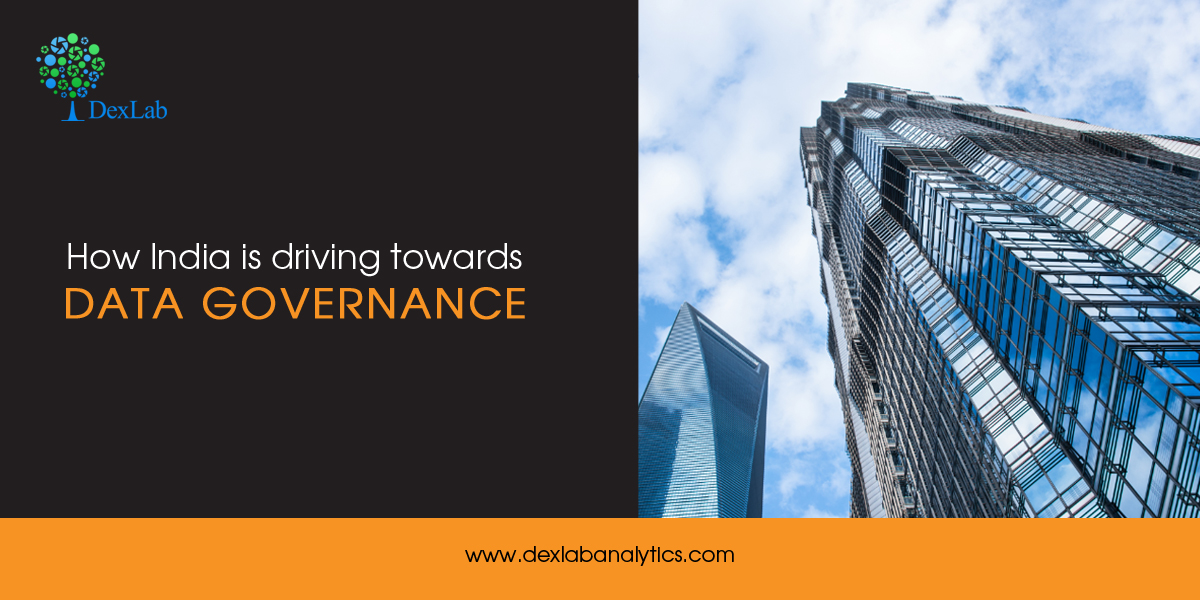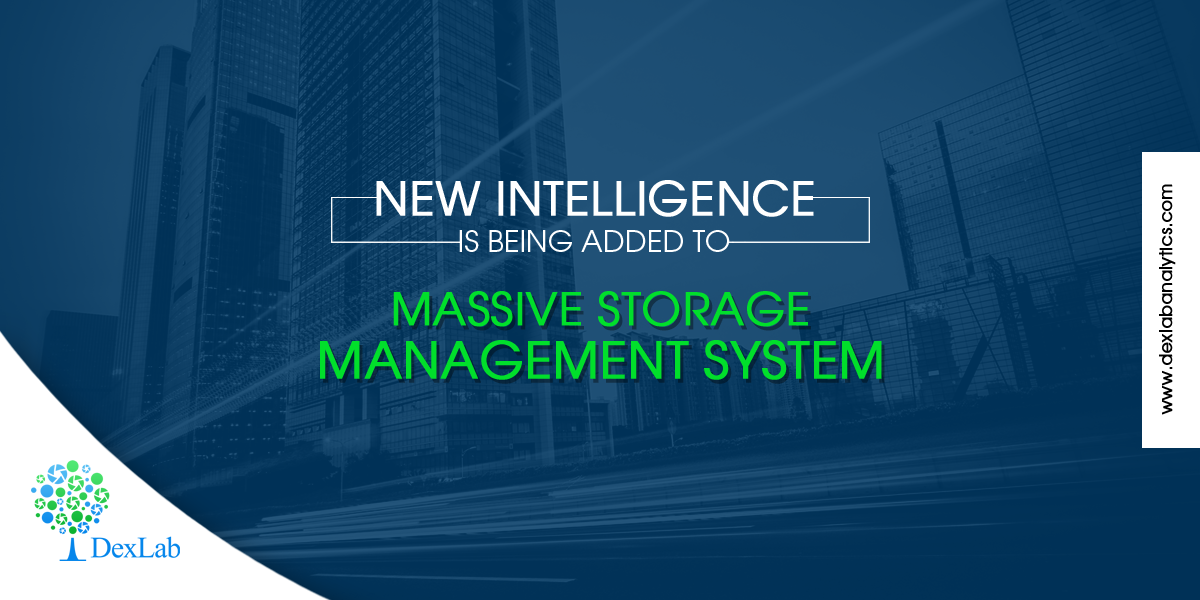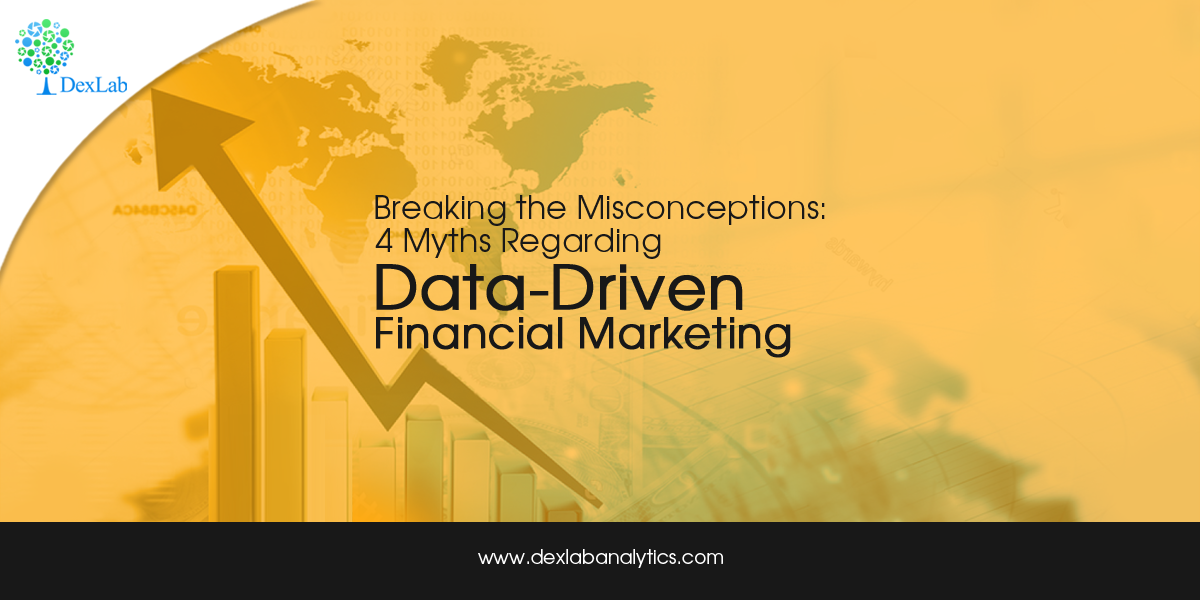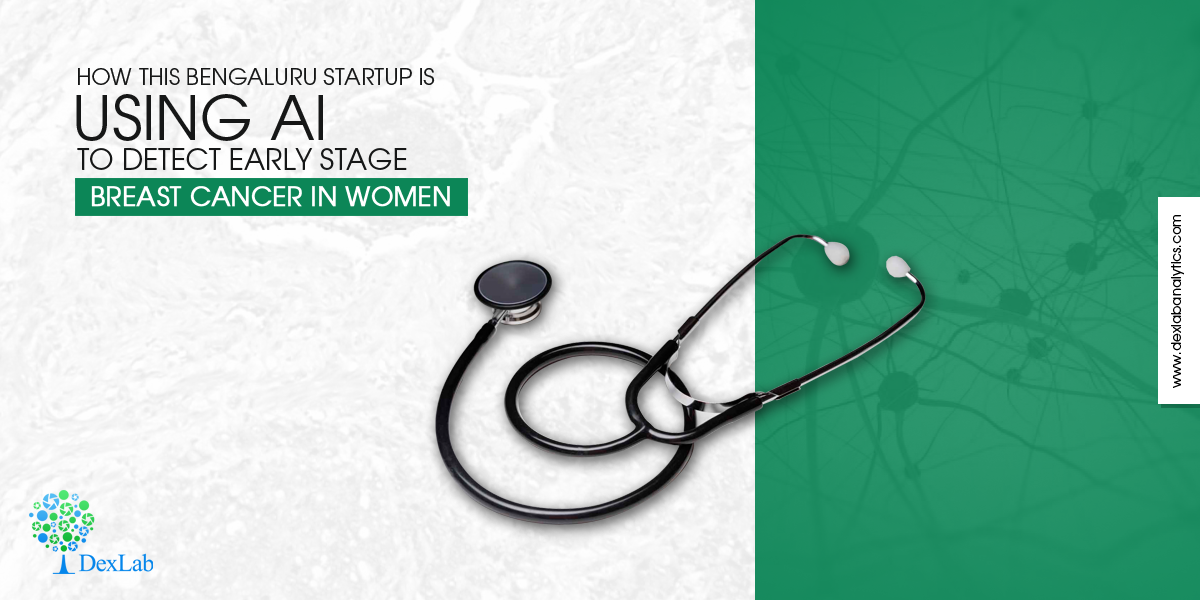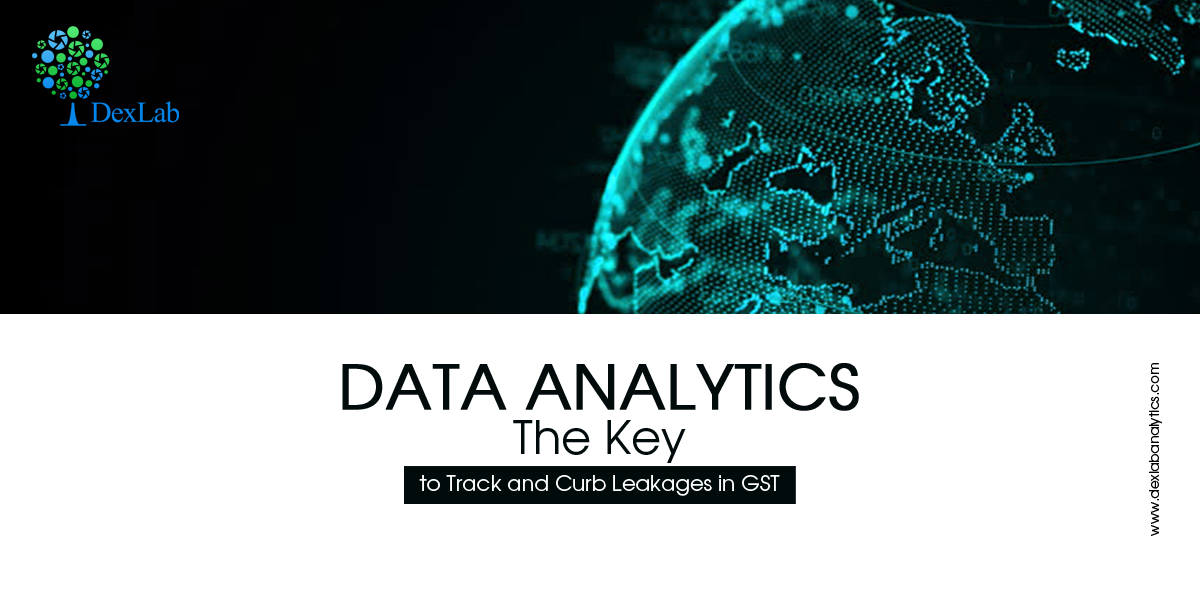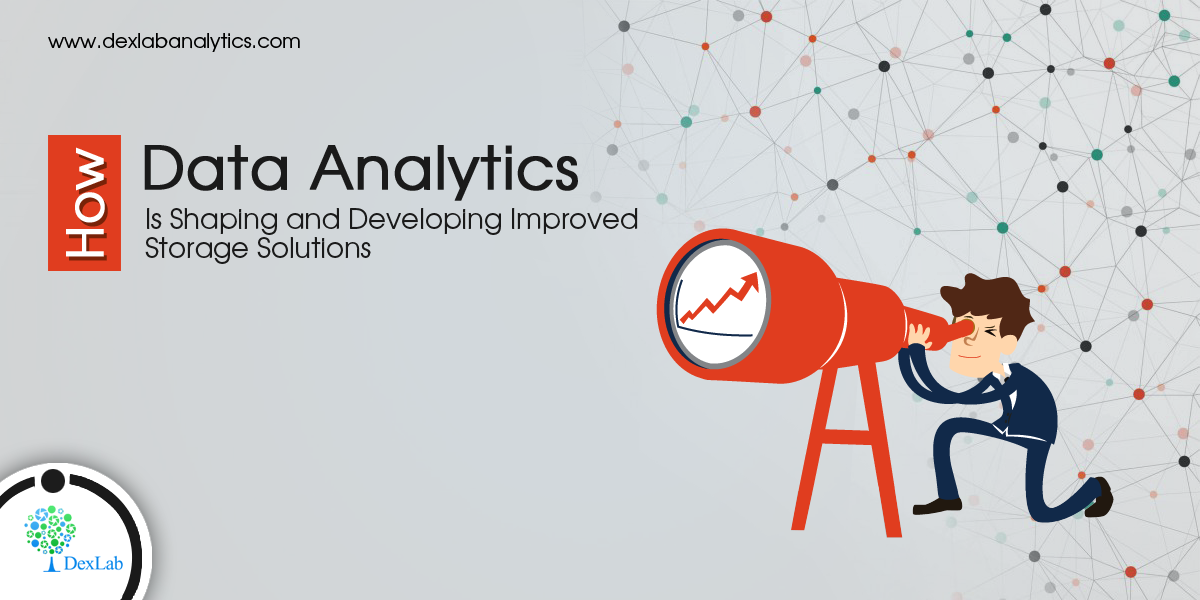Data is power – it’s the quintessential key to proper planning, governance, policy decisions and empowering communities. In the recent times, technological expansion is found to be contributing immensely towards ensuring a sustainable future and building promising IT base. Robust developments in IT related services have resulted into key breakthroughs, including Big Data, which as a result have triggered smooth data governance.
According to a NASSCOM report, India’s analytics market is expected to grow from $1 billion to $2.3 billion in the year 2017-18. However, the fuller benefits of data analytics are yet to be channelized by the public sector.
In a varied country like India, data collection is a lengthy procedure. At present, information is being collected by various government departments straight from Panchayat levels to state levels. Though, most of the data remains trapped within department walls, it is largely used to pan out performance reports. Also, certain issues in timely collection of data pops up, while sometimes the quality of data collected becomes questionable, hence delaying the entire analysis.
Quality data plays an integral role, if analyzed properly at the proper time. They can be crucial for decision-making, delivery of services and important policy revisions. As a matter of fact, last year, Comptroller and Auditor General (CAG) initiated Centre for Data Management and Analytics (CDMA) to combine and incorporate relevant data for the purpose of auditing. The main purpose here is to exploit the data available in government archives to build a more formidable and powerful Indian audit and accounts department.
Indian government is taking several steps to utilize the power of data – Digital India and Smart Cities initiatives aim to employ data for designing, planning, managing, implementing and governing programs for a better, digital India. Many experts are of the opinion that government reforms would best work if they are properly synchronized with data to determine the impact of services, take better decisions, boost monitoring programmes and improve system performances.
Open Data Policy is the need of the hour. Our government is working towards it, under the jurisdiction of the Department of Information and Technology (DIT) to boost the perks of sharing information across departments and ministries. Harnessing data eases out the load amongst the team members, while ensuring better accountability.
Tech startups and companies that probe into data and looks for solutions in data hoarding and analytics to collect and manage complicated data streams need to be supported. The government along with local players should encourage citizens to help them in collecting adequate information that could help them in long-run. India is walking towards a rapid economic development phase, where commitment towards information technology, data governance and open-source data is of prime importance. For the overall economy, bulk investments in capacity building, technology implementation and data-facilitating structures should be considered and implementable to bring plans and participation into place to hit off a better tech-inspired reality.
For data analyst certification in Delhi NCR, drop by DexLab Analytics – it’s a prime data science online training centre situated in the heart of Delhi.
The original article appeared on – https://economictimes.indiatimes.com/small-biz/security-tech/technology/indias-investment-in-big-data-will-ensure-governance/articleshow/57960046.cms
Interested in a career in Data Analyst?
To learn more about Machine Learning Using Python and Spark – click here.
To learn more about Data Analyst with Advanced excel course – click here.
To learn more about Data Analyst with SAS Course – click here.
To learn more about Data Analyst with R Course – click here.
To learn more about Big Data Course – click here.
